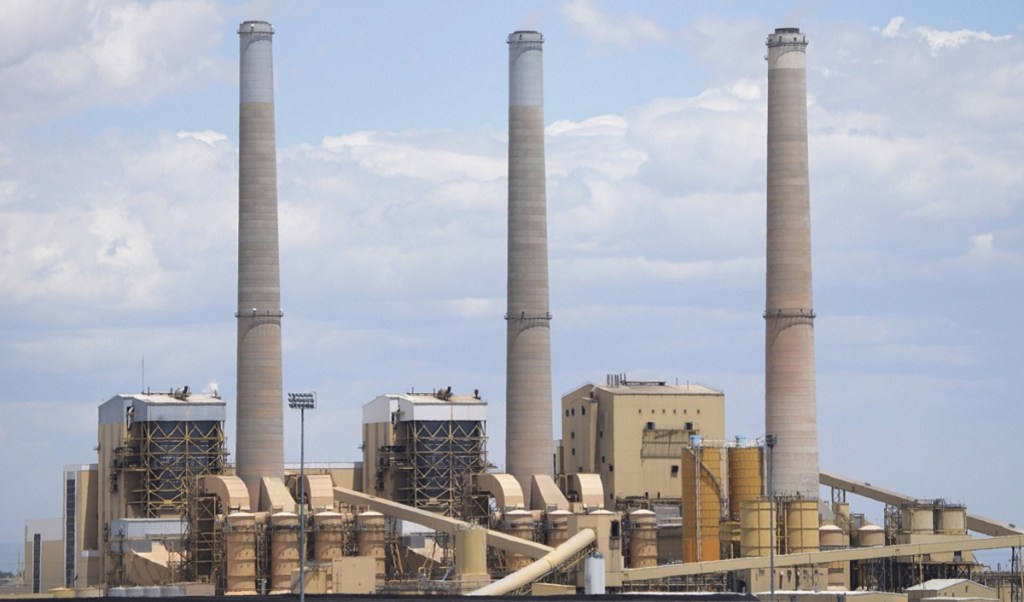– By Akhilesh Awasthy
India is taking giant strides to emerge as the strongest economy in the world and the power sector is playing a major role in this process. India is the third-largest producer and second-largest consumer of electricity worldwide. Country’s peak power demand surpassed the 200 GW mark and reached a record high of 210.8 GW. For India to take its rightful place in the world economy, making its electricity market more competitive and efficient is of utmost importance.
A significant step in this direction was the enactment of the Electricity Act (EA) 2003. The Act made electricity trading a separate and distinct activity and paved the way for efficient, transparent and competitive price discovery through power exchanges. Recently, with the Power Market Regulations 2021, Hon’ble Central Electricity Regulatory Commission (CERC) has incorporated learnings of the past decade and provided new instruments to make transactions more efficient and reliable and with approval for go live of another power exchange (Hindustan Power Exchange Ltd. Or HPX), this process is expected to get yet another boost towards this objective.
Currently there are two exchanges operating in India and the third exchange, HPX, is expected to commence its operations from 6th July 2022. However, sometimes a question is raised over the presence of multiple exchanges in a geography. To answer this question, we need to investigate how exchanges are evolving in developed countries.
In the case of Europe, initially each exchange was operating as the sole provider of trading platforms in a country or a group of countries. Thereafter pan-European market coupling was implemented, wherein the prices were being discovered at a common platform. It benefitted Europe as the market spread increased, which resulted in substantial savings for the participants as well as to economies in these countries.
After the market coupling, European regulators allowed multiple exchanges to exist in the same geography. Today, the Nordic countries have an existing exchange which is Nordpool, as well as EEX is also providing its platform. Similar is the situation in other parts of Europe.
When we compare this evolution process in Europe with that of the Indian power market, we have three power exchanges (HPX starting operations soon) and neighbouring countries (Nepal and Bhutan) are now part of the common power market. Discussion for market coupling has already started with suitable enabling provisions in the Power Market Regulations 2021. As such in time to come, while footprints of the Indian Power Market are expected to increase further in the SAARC countries, the price determination process would be managed by one entity (which would be decided by the CERC) and the power exchange would be competing for market share based on their services. Thus, in both cases (Europe and India), the power market is moving towards multiple exchange models with common price discovery.
Traditionally in India, state utilities and producers enter long-term power purchase agreements (PPAs) for trade of power. These bilateral contracts generally run for over two decades and support overall capacity creation. However, when these PPAs are executed in excess of requirement, they prove to be burdensome for distribution companies.
The PPAs do not provide flexibility to the beneficiaries to take advantage of changing market situations. Power exchanges, on the other hand, allow different avenues to the participants to buy/sell power in the form of multiple market segments. As such, the need of the hour for all participants is to maintain a judicious mix between the long-term commitment and short term opportunities. Learnings from the recent debacle of the Energy Only Market of Australia are also instructive for us to offer products such as Capacity Market in the right earnest, so that we do not fall into a similar crisis.
Trading on power exchanges is conducted in a fair and transparent manner and has advantages over the traditional bilateral approach. For example, generation companies greatly benefit from the timely payments. For buyers, power exchanges help in efficient management of their power portfolios. If India has more power exchanges, it will deepen the market and will encourage spot deals for electricity. Currently, only 6 per cent of the nation’s electricity is traded through spot deals and with power exchanges, it would be possible to purchase more of India’s electricity through spot deals which can bring ground-breaking results.
Today, power exchanges have emerged as the most preferred entities to enable buying and selling of electricity and create a more competitive and liberalised market. For a country like India which is fast-emerging as a global superpower, it is crucial to ensure best possible utilisation of energy generated for economic resilience and power exchanges definitely have a pivotal role to play in it.
(Akhilesh Awasthy is the COO of Hindustan Power Exchange. In his current role, he has been responsible for successfully establishing HPX)


